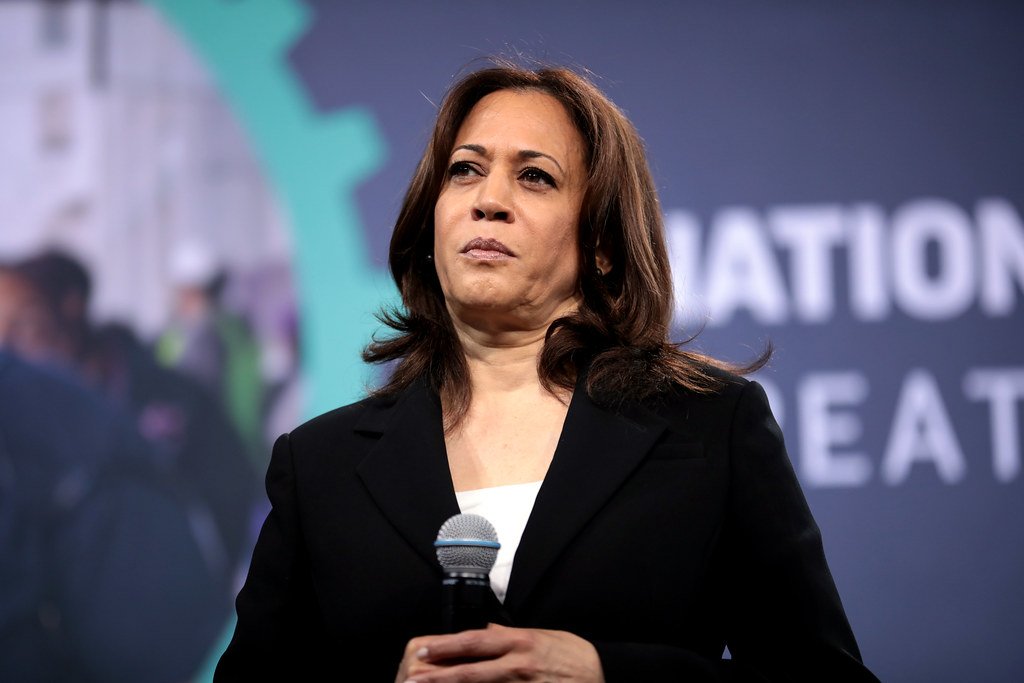News
Kamala Harris Won’t Run for California Governor, Eyes 2028
Former Vice President Kamala Harris has officially announced that she will not run for governor of California in 2026, ending months of speculation over her political future and immediately fueling discussions over a possible third bid for the White House in 2028.

In a statement released Wednesday, Harris explained, “Over the past six months, I have spent time reflecting on this moment in our nation’s history and the best way for me to continue fighting for the American people and advancing the values and ideals I hold dear. I have given serious thought to asking the people of California for the privilege to serve as their governor. I love this state, its people and its promise. It is my home. But after deep reflection, I’ve decided that I will not run for Governor in this election.” Harris added that for now her leadership and public service would not take the form of elected office, but she remains committed to helping elect Democrats across the nation and will share more about her future plans in the coming months.
What Led to Her Decision
Harris, who has largely stayed out of the spotlight since her defeat to President Donald Trump in the 2024 presidential election, spent several months weighing whether to pursue the governorship, seek a third run for president, or exit electoral politics altogether. Political observers had considered her a frontrunner if she entered the race to succeed term-limited Governor Gavin Newsom. However, Harris showed limited public enthusiasm for the role, rarely attending major political events in the state or engaging with key labor and party leaders over the past year.
Insiders say Harris’s decision reflects her desire to keep her options open for a potential 2028 presidential campaign. “This absolutely keeps the door open for 2028,” one source told NBC News. The timing of her decision—well ahead of the 2026 gubernatorial primary—allows other Democratic contenders to organize their bids for California’s top executive office.
Implications for 2028—and the Democratic Party
Harris’s move immediately shifts the dynamics of the upcoming Democratic presidential primary. As the most recognizable national Democrat not currently holding office, she enters the 2028 conversation with a powerful fundraising network and high profile, but analysts warn that her 2024 loss and the shifting political landscape mean she’s far from a presumptive nominee.
Several prominent Democrats, including California Governor Gavin Newsom, Transportation Secretary Pete Buttigieg, and Gov. J.B. Pritzker of Illinois, are already exploring their own presidential ambitions. With no sitting Democratic president in 2028, the field is likely to be crowded and fiercely competitive.
Some party strategists suggest that Democrats are looking for a “new generation” of leadership to help reset after the loss to Trump, while others believe Harris deserves a chance to run on her own terms, feeling she was put in a “tough spot” as Biden’s late replacement in 2024.
Harris’s Next Steps
While she remains out of elected office, Harris has indicated she plans to amplify her voice in public service, possibly through advocacy, supporting Democratic candidates, writing, or activism. Her statement also reflected admiration for those in public life and called for a willingness to pursue change through “new methods and fresh thinking—committed to our same values and principles, but not bound by the same playbook”.
With her decision made, the political world now shifts its attention to Harris’s next move—and whether she will launch a campaign to become the first woman president of the United States in 2028. For now, she remains a key figure in Democratic politics, with all options still on the table.